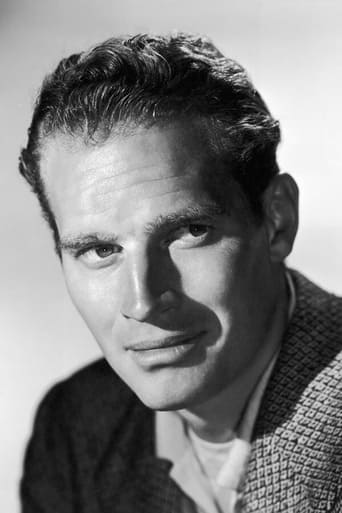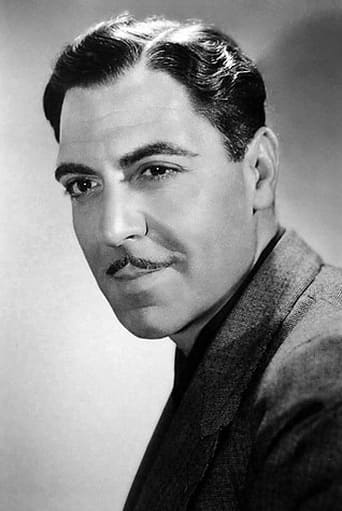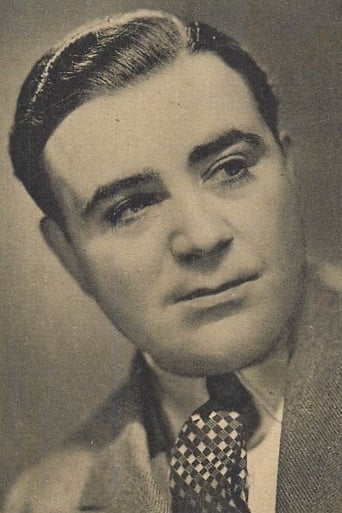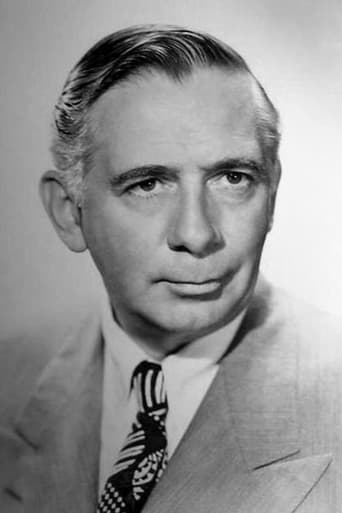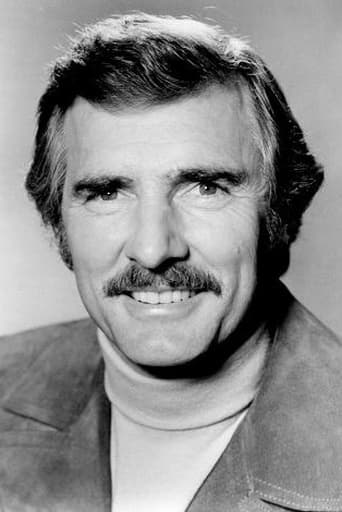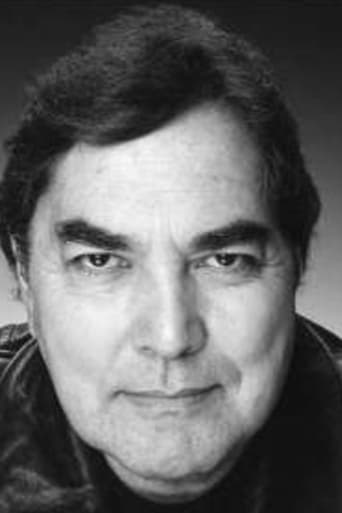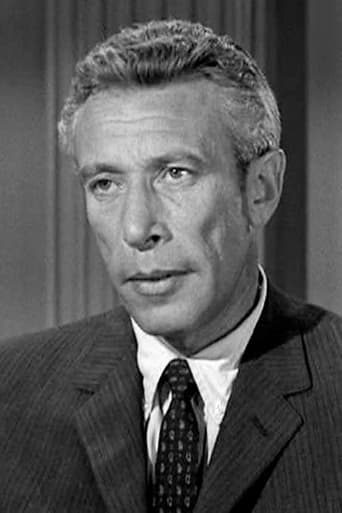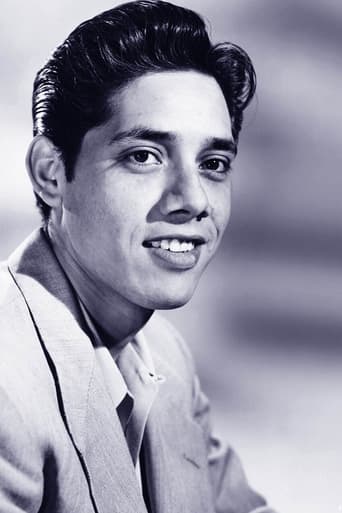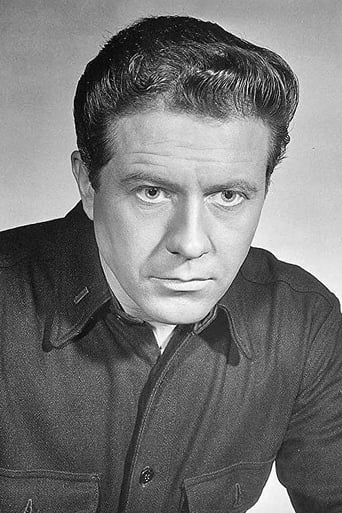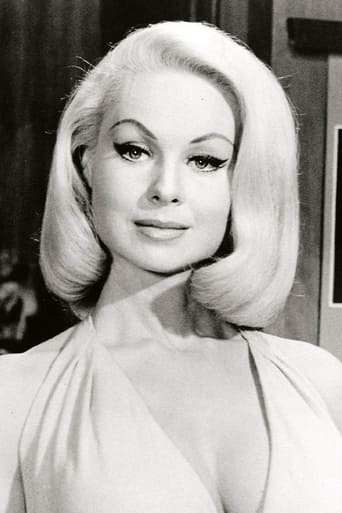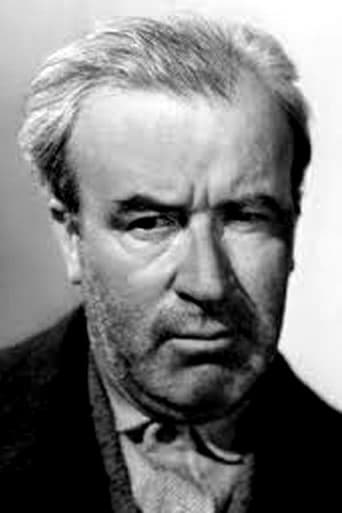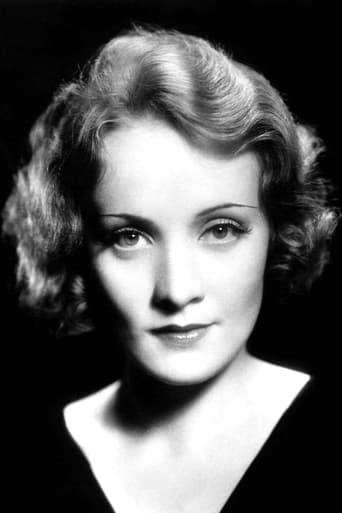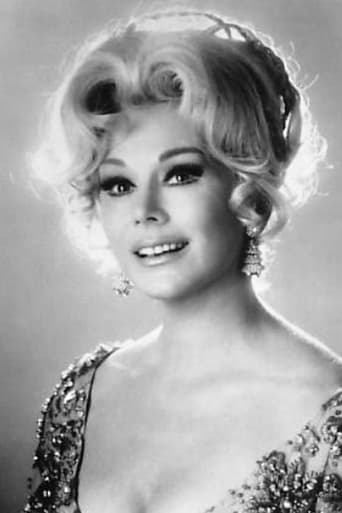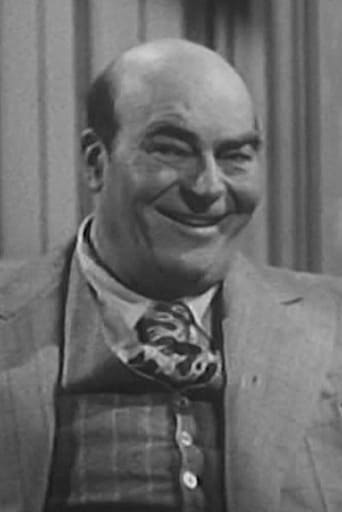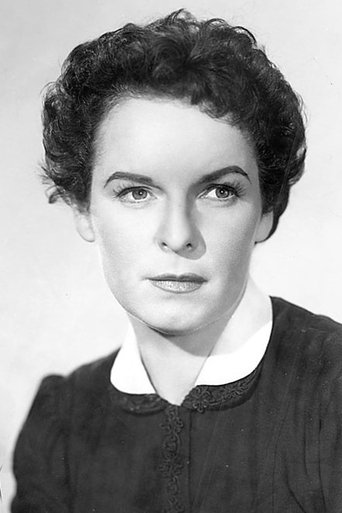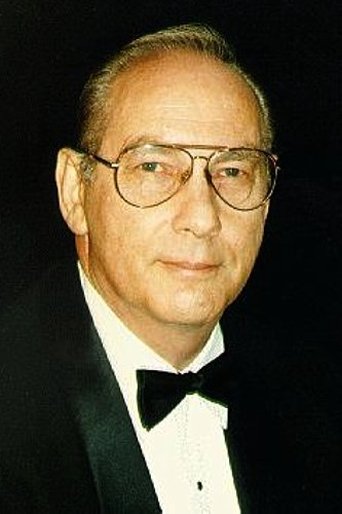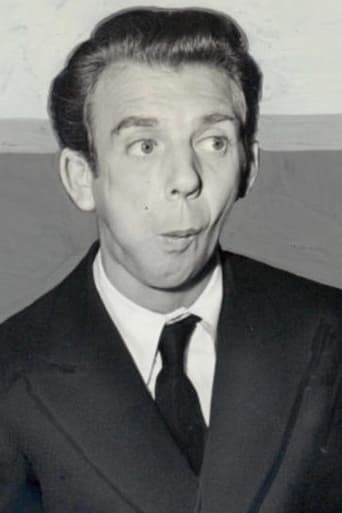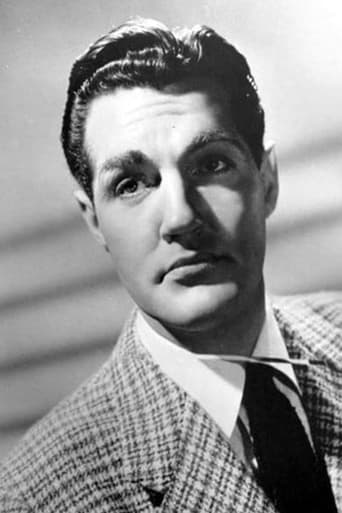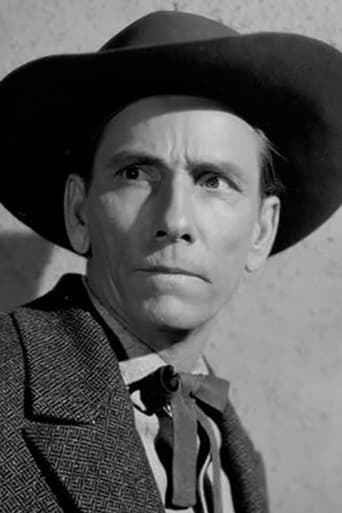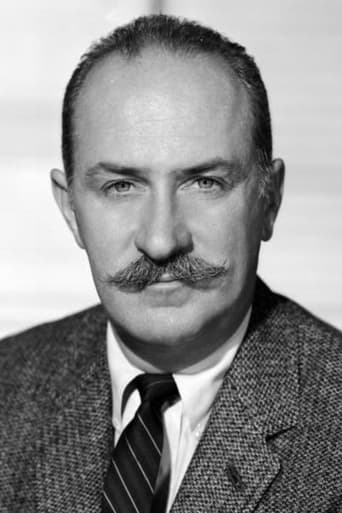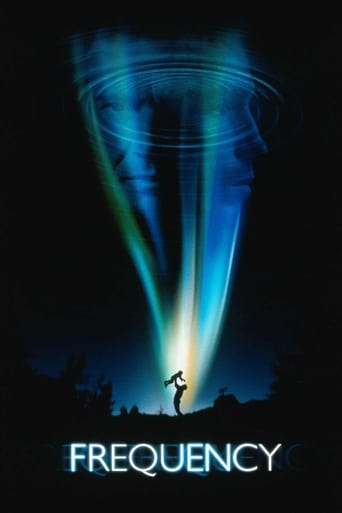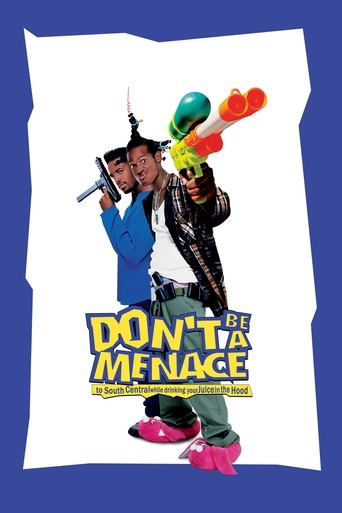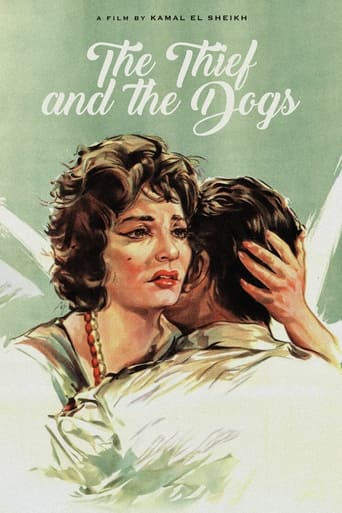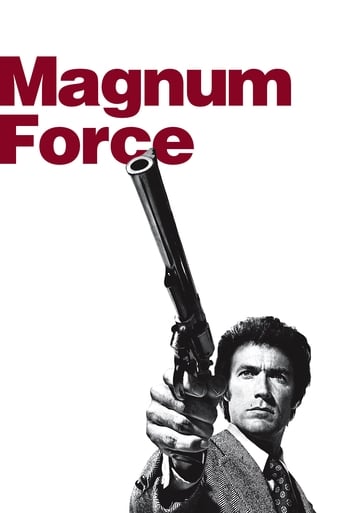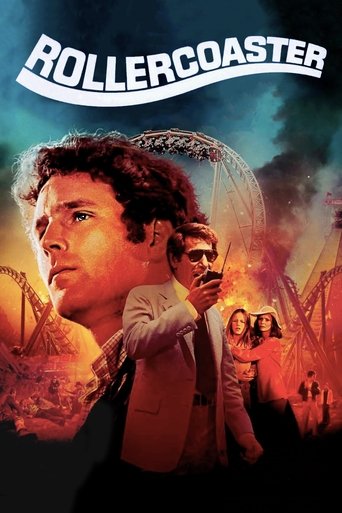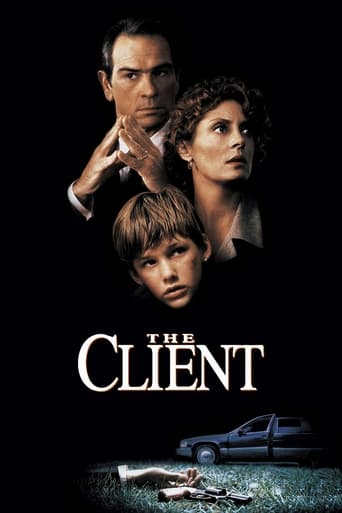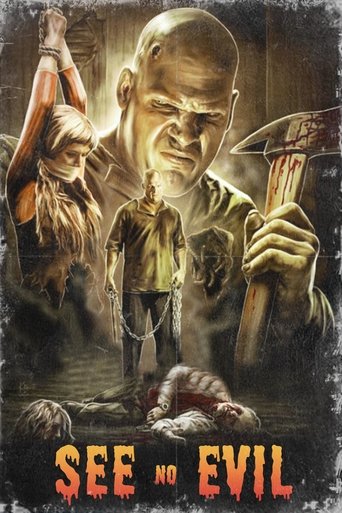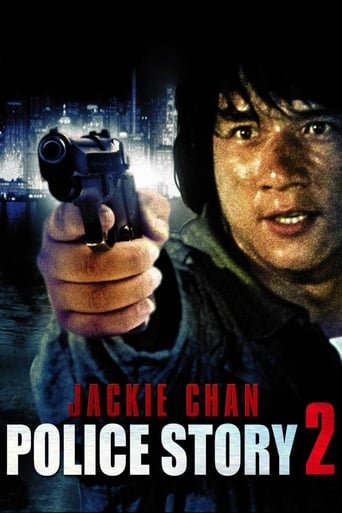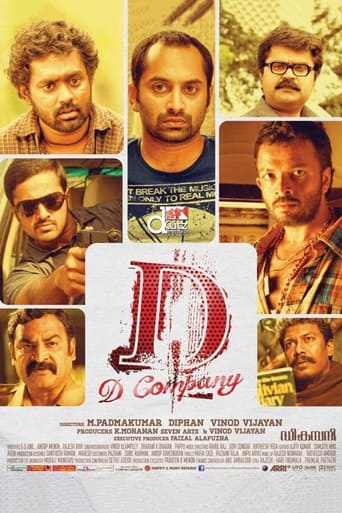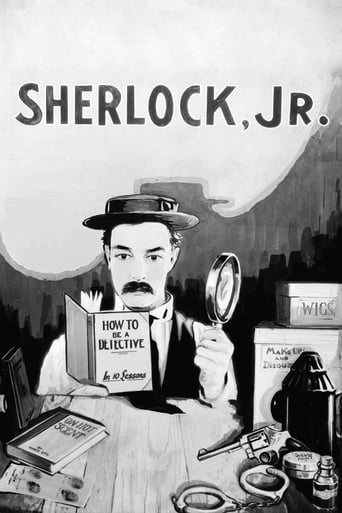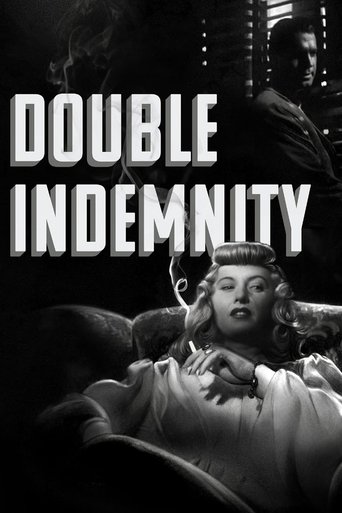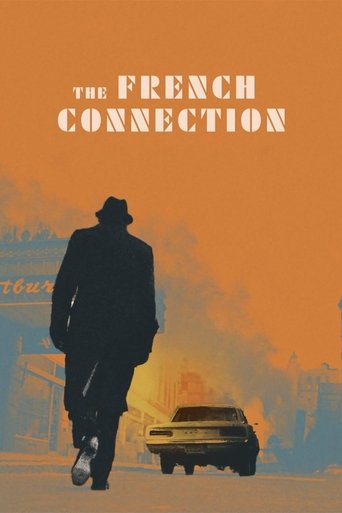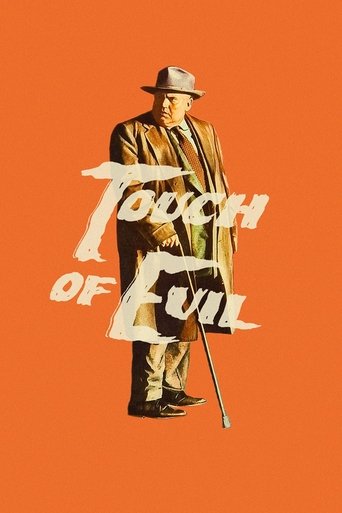










Touch of Evil (1958)
When a car bomb explodes on the American side of the U.S./Mexico border, Mexican drug enforcement agent Miguel Vargas begins his investigation, along with American police captain Hank Quinlan. When Vargas begins to suspect that Quinlan and his shady partner, Menzies, are planting evidence to frame an innocent man, his investigations into their possible corruption quickly put himself and his new bride, Susie, in jeopardy.
- Orson Welles
- Terence Nelson
- Betty A. Griffin
- Harry Keller
- Phil Bowles
- Orson Welles
- Whit Masterson
Rating: 7.8/10 by 1452 users
Alternative Title:
La Soif du Mal - FR
历劫佳人 - CN
狂野生死恋 - CN
Sed de Mal - ES
Допир до злото - BG
A Marca da Maldade - BR
Politiets blinde øje - DK
Pahan kosketus - FI
Ο άρχων του τρόμου - GR
악의 손길 - KR
검은 함정 - KR
黒い罠 - JP
Sed de mal - AR
Sed de mal - PE
Το Άγγιγμα του Κακού - GR
Country:
United States of America
Language:
English
Español
Runtime: 01 hour 51 minutes
Budget: $829,000
Revenue: $2,247,500
Plot Keyword: hotel, gangster, brothel, border, investigation, honeymoon, usa–mexico border, car bomb, film noir, black and white
Welles/Heston B&W cult noir is great on a technical level, but meh as a viewing experience On the Texas border a Mexican detective (Charlton Heston) assists an American investigation into a shocking murder of an American official on the border, but he soon learns that the imposing & slovenly Sheriff (Orson Welles) is shady with a penchant for framing. Janet Leigh is on hand as the detective’s new bride, an American. “Touch of Evil” (1958) was written/directed by Welles (loosely based on a book) and has a huge reputation as a B&W noir-ish cult flick. There ARE interesting technical things going on as far as camera angles, lighting and impressive long takes (e.g. the opening sequence). It also has a notable classic cast with Leigh thoroughly stunning, not to mention Joanna Moore, Marlene Dietrich, Joi Lansing and a cameo by Zsa Zsa Gabor on the female front. Yet I otherwise found the picture talky, nigh surreal and noticeably hokey with an unengrossing story and dubious acting, e.g. the hooligan Mexicans and the eye-rolling Shakespearean lunatic “night man” (Dennis Weaver). Seriously, viewing this film is like entering Welles’ head on an acid trip. That said, the film offers quite a bit to digest and I could see it playing better on additional viewings, which explains its cult status, but I’m not interested. There are far more fascinating and compelling B&W dramas with noteworthy casts from that general era, like “The Misfits” (1963). I viewed the long reconstructed version, aka the “director’s cut,” which runs about 110 minutes while the original studio-butchered version runs 93 minutes. Interestingly, the film wasn’t shot anywhere near the border, let alone the Texas border, but in freakin’ Venice, Los Angeles. GRADE: C
We start with a man putting a bomb in a car on the Mexican side of the border. When it explodes on the American side flattening the occupants, the local "Capt. Quinlan" (Orson Welles) decides to make a bit of a cursory investigation - in cahoots with his opposite number "Vargas" (Charlton Heston). Whilst they are out doing their sleuthing, "Susan Vargas" (Janet Leigh) is lured to a meeting with "Uncle Joe" (Akim Tamiroff) where it becomes clear that her husband is on the prosecuting side of a family dispute that is putting everyone in danger - something her husband finds out shortly afterwards when he narrowly avoids an acid facial. Now "Quinlan" and his sidekick "Menzies" (Joseph Calleia) have a rather unique way of working - the former intimidates just with his presence and has the District Attorney in his pocket, but as this investigation starts to spread out the original crime pails into insignificance as "Susan" finds herself trapped in an out of town motel and the potential victim of a ghastly drug crime that brings the threads of the story - and the true criminality to light - fatally. There are five principal characters and the actors do justice to them all - the story moves along darkly offering plenty of interest, the odd red herring and a particularly strong effort from Welles as the increasingly unlikeable policeman. I was slightly dubious about Heston playing a Mexican policeman, but here carries of the role in one of his better screen performances (when he is not wearing leather garments) and Janet Leigh - well, she was always an actor who made it all look effortless. The ending combines the scary with the brutal but will the truth be out? Big screen must for the full potency of the last twenty minutes.
**It's not Orson Welles' best work, and there are some problems and wrong choices, but it's still a worthwhile film.** One crime and two totally different men: this sentence almost sums up the entire film. Director Orson Welles is one of those monsters that we are used to having like a “sacred cow”, who turns everything he touches into gold. And really, he is responsible for great films and was an excellent artist, who understood cinema like few others did. However, in this film, his work was absolutely trampled on by stupid studio managers, and the result of this is that it was only very recently that it was possible to have access to a version of this film that was similar to what its director's creative vision was. . Just similar! And what we have here is an incredibly complex film that we cannot summarize as easily as I did: the initial crime is just the incident that triggers the action, and its relevance, we found, is really insignificant. What counts here is the struggle of personalities, the battle between the conflicting egos of two police officers who decide to solve the case, each in their own way. In fact, it is not the most appealing film that the director's career has given us, but it is still valuable for that reason. And to understand Welles' vision, it's not enough to see the film once. We have to understand nuances that go unnoticed by an inattentive eye. It's an exercise for cinema experts, more than for me, who am part of the common popcorn-eating public, but even I saw that the work before me deserved to be seen in detail. The film that has come down to us allows us to see the brilliance of Welles, who was also responsible for the dialogues and the script created, full of twists and turns that can complicate things a little for us if we are not paying attention, and, but it also gives us good actors in a decent dramatic exercise. Charlton Heston is a safe bet, but it's also a big casting mistake: he's too Anglo-Saxon to be credible as a Latino! Welles brought the other main character to life, and is effective and dominant in the role. To a certain extent, he never seems like a police officer, but just another criminal in a land where those in charge are those who impose themselves through violence. Even so, I noticed that he is a physically worn-out man, and this fragility ruins the effect he intends to achieve. Technically, the film has many qualities, starting with the cinematography, which in Welles' films is almost always one of the director's signatures. In addition to the use of intelligent visual effects, the director dedicated himself to the camera work and the choice of each perspective, each framing, and also in the editing, which was ruined by the studio's intervention. The filming locations and sets are realistic and convince us quite well, and the soundtrack is effective.

